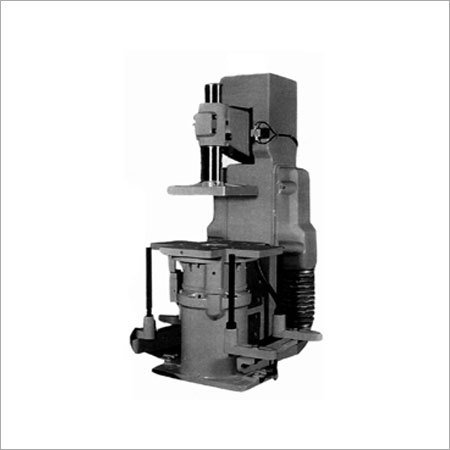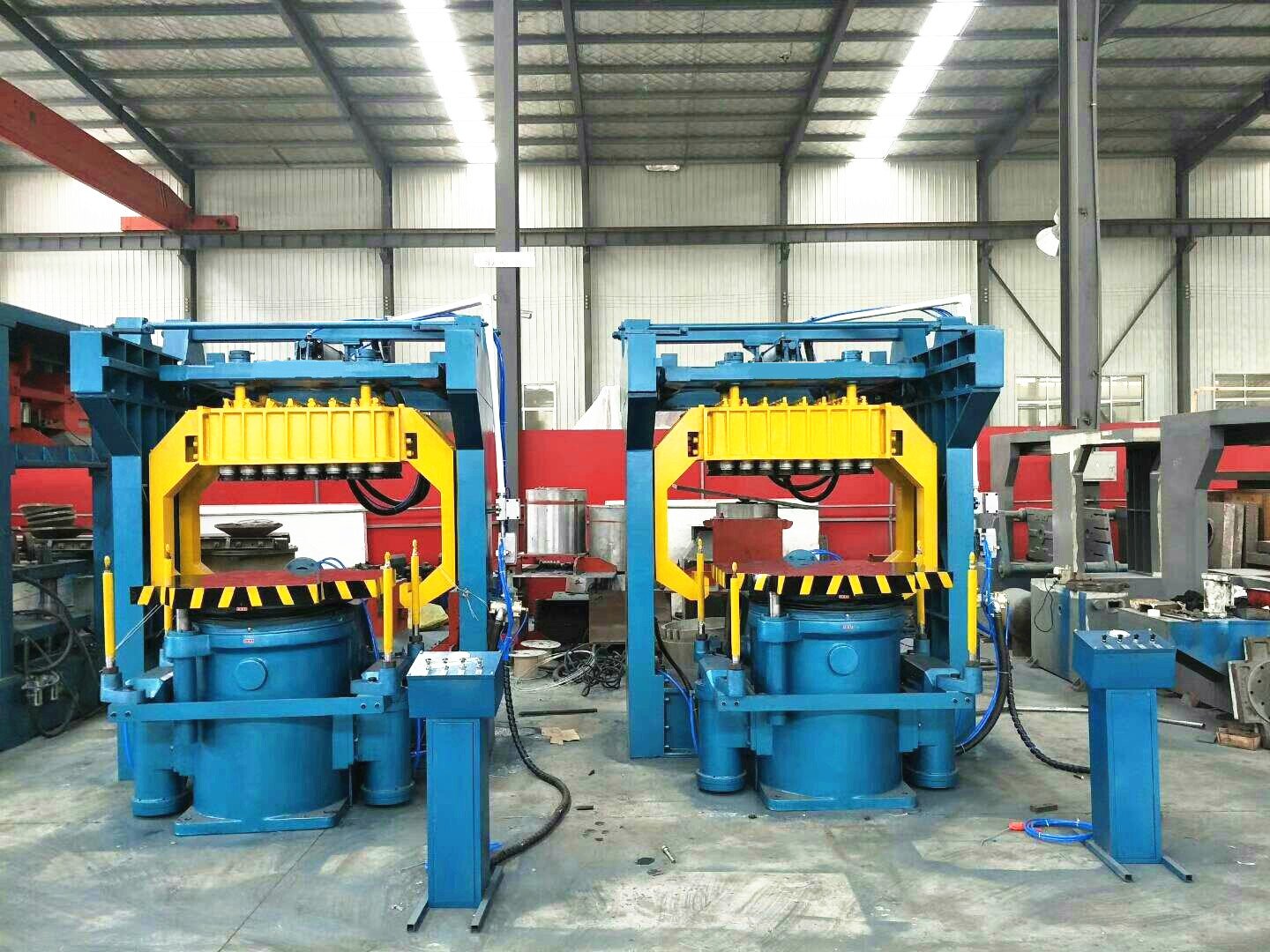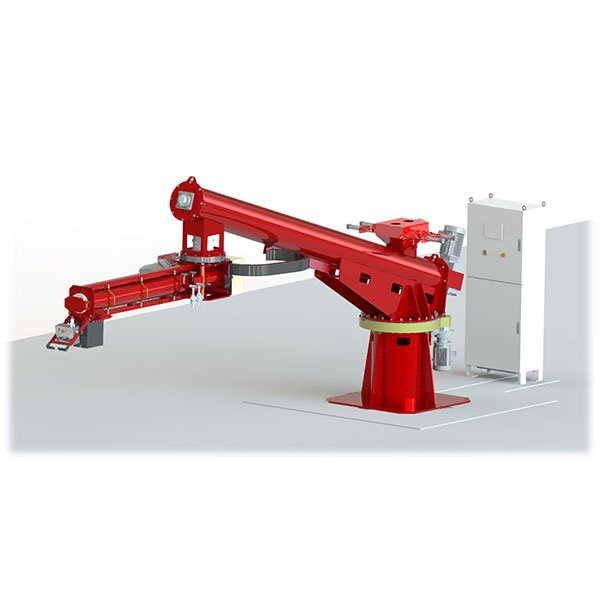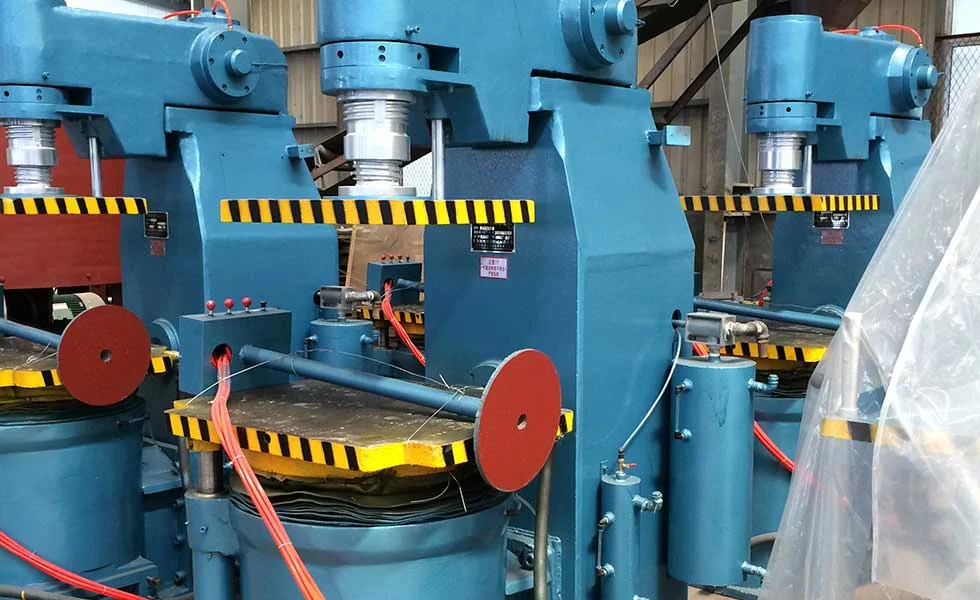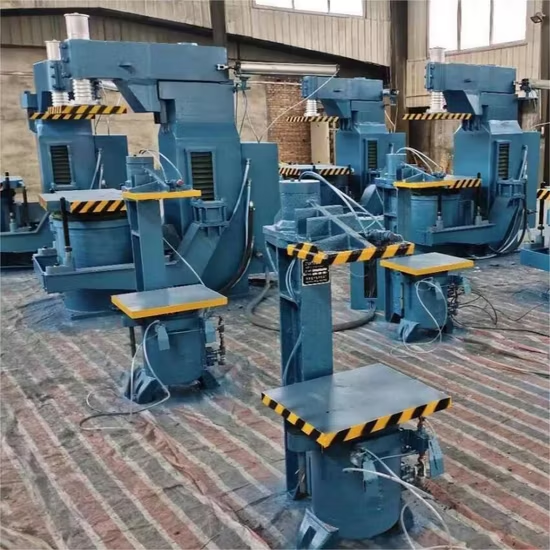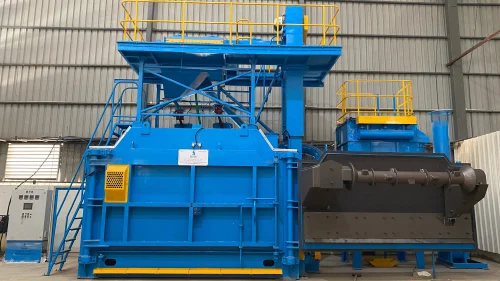
Productivity losses from surface defects and manual labor are killing profitability—here’s how one wire factory turned things around with a custom blasting solution.
A steel wire manufacturer cut scrap by 40% and increased throughput by 25% using a tailored shot blasting system—transforming both quality and efficiency.
Manufacturers in heavy industry know the pain: persistent surface flaws, inefficient coating processes, and machine downtime drain both time and money. But what if one strategic process upgrade could reverse the trend?
Introduction: Why Productivity Matters in Steel Wire Manufacturing?
Surface defects slow production, increase labor, and cut profits. Most manufacturers still use manual or outdated cleaning methods, making quality control a nightmare.
Shot blasting is a high-impact solution. It removes scale and prepares surfaces uniformly—cutting defects, boosting coating adhesion, and reducing downtime.
Steel wire manufacturing is unforgiving. Any inconsistency on the wire surface—like scale buildup or rust—can affect final product quality and cause coating failures. This leads to high rejection rates, costly rework, and lost productivity.
The industry also deals with rapid wear of tooling, heavy reliance on manual labor, and fluctuating product standards. Shot blasting addresses these problems head-on. It’s a mechanical cleaning process that bombards the surface with abrasive media, eliminating contaminants fast and consistently. As someone who’s worked closely with industrial clients across multiple countries, I’ve seen this simple solution deliver massive gains.
Client Background: About the Steel Wire Manufacturer?
Scaling operations in a demanding market isn’t easy. This wire factory wanted consistency—but faced old problems with outdated tools.

Our client is a mid-sized manufacturer located in southern China. They supply steel wire products to major construction and automotive industries across Asia and Africa. With a monthly output of over 2,000 tons, their operation runs nearly 24/7.
Before upgrading, they faced major efficiency roadblocks. Their cleaning process used acid pickling and hand tools, leading to uneven results and worker fatigue. Quality complaints were rising. More importantly, the management noticed a growing gap between planned and actual output due to cleaning delays.
They reached out to us with a clear goal: increase consistency, reduce downtime, and scale production—without ballooning labor costs.
The Challenge: What Was Slowing Down Their Productivity?
Rust and mill scale buildup disrupted flow. Manual prep work slowed down cycles. Operators spent hours correcting defects instead of pushing product.
The steel wires arrived with heavy scale deposits after hot rolling. The factory relied on a combination of acid baths and mechanical brushing. These processes created bottlenecks. Wire coils often sat idle, waiting for cleaning.
On top of that, the acid treatment created safety and disposal concerns. Coating lines reported issues with adhesion. Rework rates spiked to over 18% some months.
Here's a quick breakdown of their key problems:
| Problem | Impact on Operations |
|---|---|
| Scale buildup | Interrupted surface prep, poor coating |
| Inconsistent cleaning | Rework due to poor surface adhesion |
| High scrap rate | Waste and quality issues |
| Downtime | Coils waiting on cleaning |
| Manual labor | Fatigue, safety issues |
These issues led to inconsistent deliveries and missed production targets. Productivity was unpredictable, which hurt planning and customer satisfaction.
The Solution: Custom Shot Blasting System Integration?
We installed a custom wire rod shot blasting machine with smart automation—and it transformed their workflow.
We delivered and integrated a Wire Rod Shot Blasting System built specifically for their line specs. The key features included:
- Automatic wire feeding system to reduce handling.
- Continuous shot flow with adjustable blast angles.
- Closed-loop dust collection system for safety and compliance.
- Wear-resistant liners to ensure long machine life.

What Made It Work?
The configuration allowed multiple wires to be cleaned in parallel—dramatically improving throughput. Unlike batch systems, this one runs inline with production, eliminating extra transfer time.
Training was part of the package. We sent engineers for on-site installation, calibration, and a two-day operator training session. We also provided documentation and remote support for six months.
This tailored approach ensured the machine didn’t just work—it worked well within their production system.
Implementation Timeline and Process?
Installation to productivity took just six weeks—with full support every step of the way.
Here’s how we rolled out the project:
Pre-assessment & Planning (Week 1–2):
Our team visited their facility to map the existing workflow and finalize the shot blasting specs.Production & Shipping (Week 3–4):
We built the machine in-house with our standard components. It shipped with all automation wiring pre-installed.Installation & Integration (Week 5):
A three-person team from Hitech-China worked with their engineers to position and connect the unit.Training & Testing (Week 6):
Operators ran real production trials under supervision. We adjusted settings for optimal blast intensity.
We also helped set up a monthly maintenance plan with clear checkpoints for blast wheel wear, dust filter cleaning, and alignment checks.
This collaborative process ensured a smooth start and a reliable long-term system.
Results & ROI: Key Productivity Improvements?
Within three months, the plant saw major efficiency gains—and measurable cost savings.
| Metric | Before | After | Improvement |
|---|---|---|---|
| Cleaning cycle time (per coil) | 22 minutes | 15 minutes | -30% |
| Rework due to coating issues | 17% | 10% | -40% |
| Line throughput (tons/day) | 85 tons | 106 tons | +25% |
| Labor cost per shift | $880 | $740 | -16% |
| Energy use per ton cleaned | 7.2 kWh | 5.4 kWh | -25% |
They also reported more consistent coating quality and fewer customer complaints.
Before vs. After: Visual or Tabular Comparison?

Here's a quick view of how their production changed:
| KPI | Before Shot Blasting | After Shot Blasting |
|---|---|---|
| Cleaning Method | Manual + Acid Pickle | Inline Shot Blasting |
| Avg. Cleaning Time/Coil | 22 minutes | 15 minutes |
| Defect Rate | 18% | 10% |
| Energy Use/ton | 7.2 kWh | 5.4 kWh |
| Labor Needed (per shift) | 6 workers | 4 workers |
| Monthly Output | 1700 tons | 2100 tons |
Customer Testimonial?
"We saw improvements almost immediately. The cleaning was faster, more consistent, and our coating lines run smoother now. The team at Hitech-China delivered exactly what we needed."
— Operations Director, Steel Wire Co., Guangdong
Why This Matters to Other Manufacturers?
Any industry relying on metal surface quality can benefit—especially high-throughput environments.
Shot blasting isn’t just for steel wires. It's critical in:
- Automotive parts (suspension, axles)
- Wire & cable plants (copper/steel pre-coating)
- Structural steel (I-beams, rebar)
- Tube and pipe manufacturing
Each of these has surface finish and adhesion standards. Our shot blasting systems are modular, so we can tweak design and size to fit different product types and production line layouts.
Whether you're prepping for galvanizing, powder coating, or painting—surface consistency is key. And manual processes just can’t keep up with today’s demand for speed and quality.
Conclusion
This case proves that the right shot blasting system can revolutionize wire production. Less waste, faster output, lower cost—it's a strategic upgrade that pays for itself.
FAQ
What is shot blasting used for in wire manufacturing?
Shot blasting removes rust, scale, and surface defects from steel wires to improve adhesion and product consistency.
How does shot blasting improve wire quality and consistency?
It creates a uniform surface by mechanically cleaning the wire, which enhances coating adhesion and reduces defects.
Can shot blasting reduce production costs?
Yes. By lowering rework rates and manual labor, it increases throughput and reduces energy and waste costs.
What maintenance is required for a shot blasting system?
Basic upkeep includes checking blast wheels, replacing liners, cleaning filters, and inspecting for media leakage—typically done monthly.


